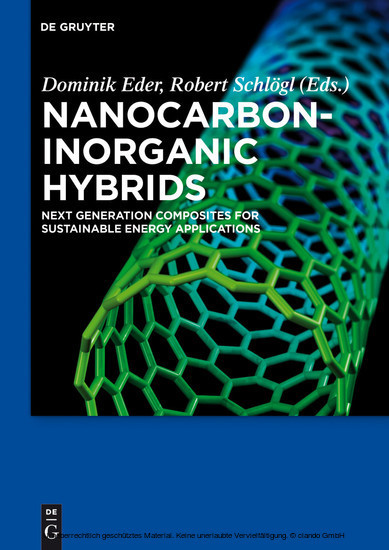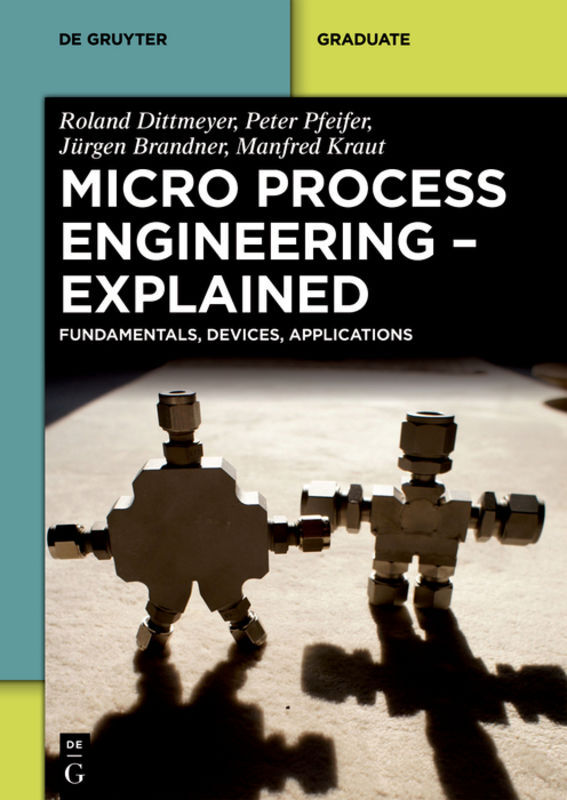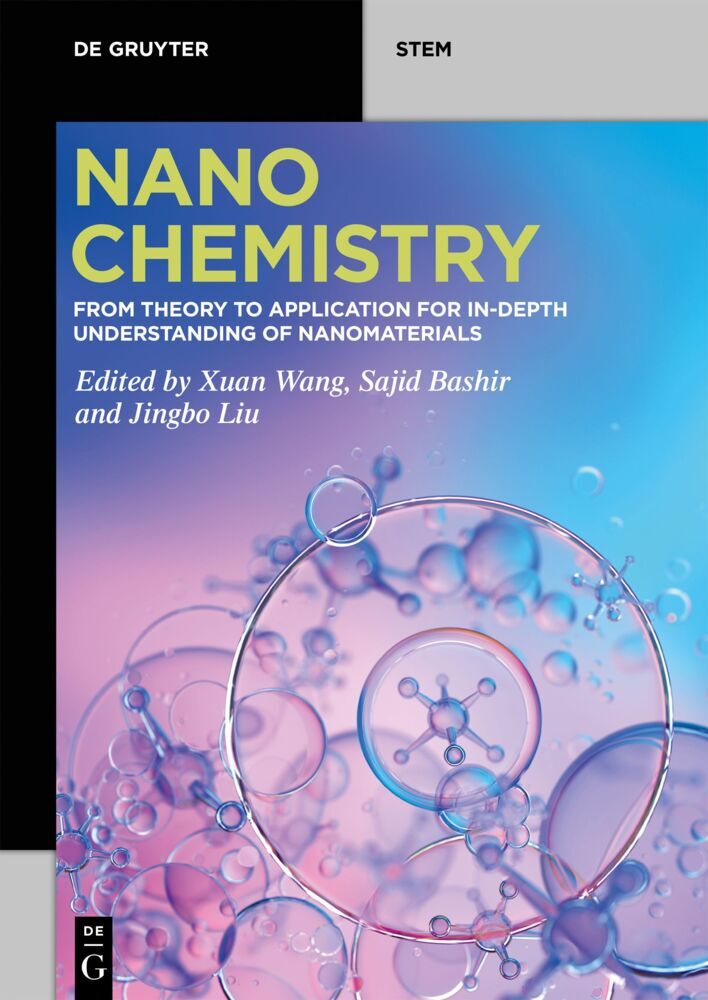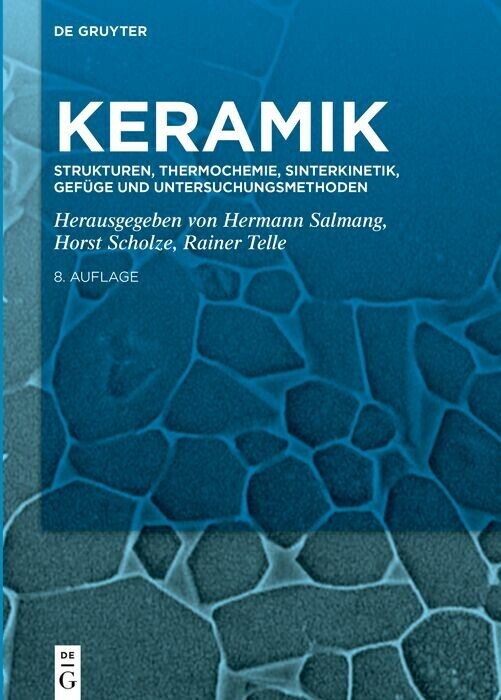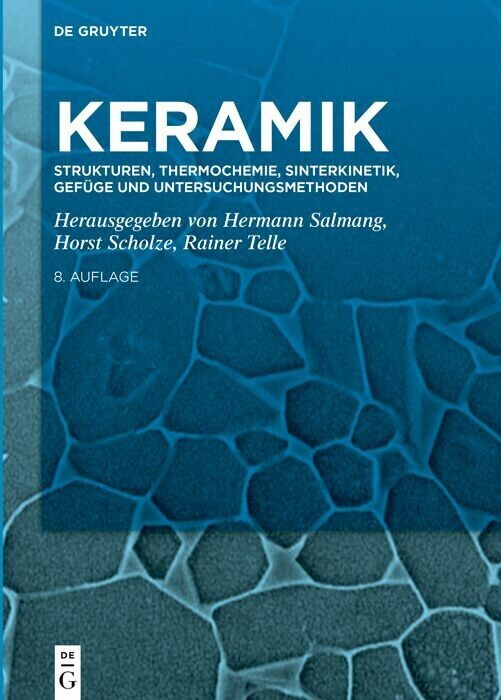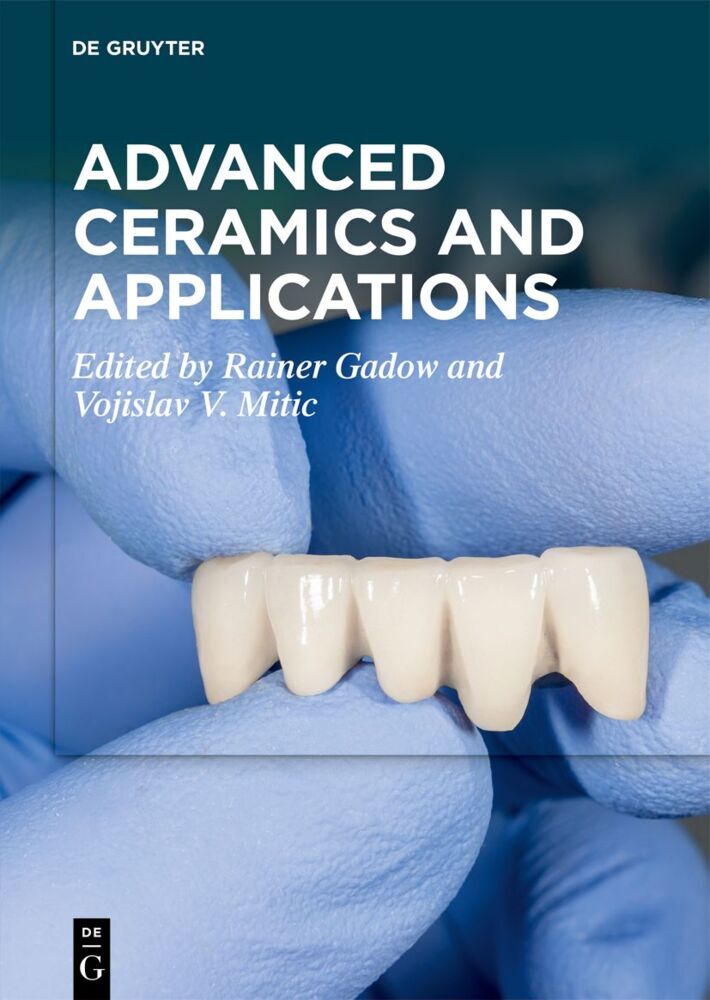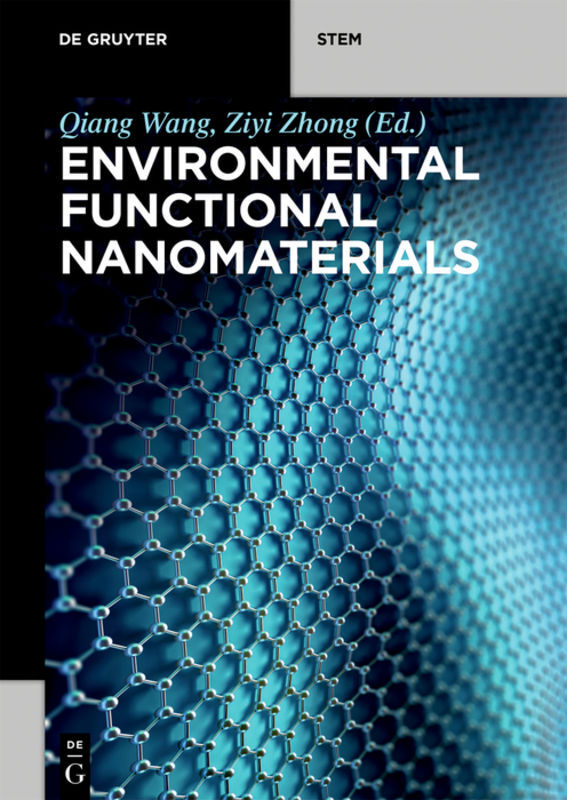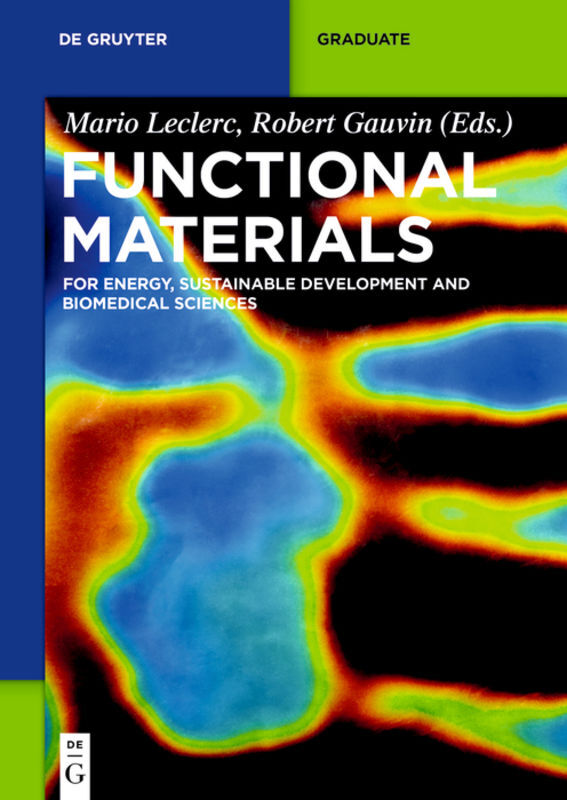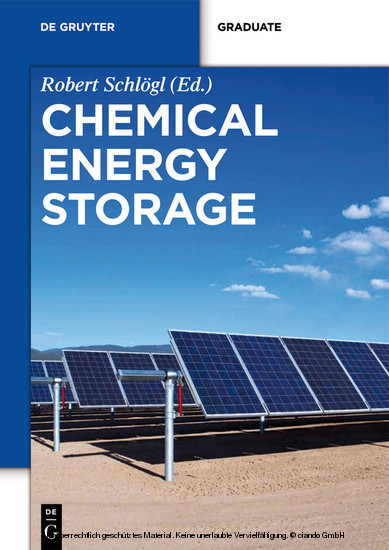Nanocarbon-Inorganic Hybrids
Next Generation Composites for Sustainable Energy Applications
This book covers a multidisciplinary research field that combines materials chemistry and physics with nanotechnology and applied energy sciences. On the one hand, it includes introductory chapters on carbon nanomaterials (including synthesis, modification and characterization) and on composites and hybrids (definition and principles). On the other hand, it also provides a critical overview of the present state of research, discussing materials challenges and various energy applications as well as fundamental topics, such as interfacial transfer processes.
Dominik Eder, Westfälische Wilhelms University Münster, Germany; Robert Schlögl, Fritz-Haber-Institute of the Max Planck Society, Berlin, Germany.
1;Contents;92;Preface;53;Contributing authors;174;Part I: Nanocarbon building blocks;214.1;1 A short introduction on carbon nanotubes;234.1.1;1.1 Introduction;234.1.1.1;1.2 Structural aspects;244.1.1.2;1.2.1 Chirality;244.1.1.3;1.2.2 Defects;254.1.1.4;1.2.3 Doping;264.1.2;1.3 Properties of CNTs;274.1.2.1;1.3.1 Mechanical properties;274.1.2.2;1.3.2 Electronic properties;284.1.2.3;1.3.3 Thermal properties;294.1.3;1.4 Characterization;304.1.4;1.5 Synthesis;314.1.4.1;1.5.1 Laser ablation;324.1.4.2;1.5.2 Arc discharge;324.1.4.3;1.5.3 Molten salt route / electrolytic process;334.1.4.4;1.5.4 Chemical vapor deposition (CVD);334.1.5;1.6 Post-synthesis treatments;344.1.5.1;1.6.1 Purification;344.1.5.2;1.6.2 Separation of metallic and semiconducting CNTs;354.1.5.3;1.6.3 Functionalization;364.1.5.4;1.6.4 Assembly;384.1.6;1.7 Summary;384.2;2 Synthesis, characterisation and properties of graphene;454.2.1;2.1 Introduction;454.2.2;2.2 Properties;454.2.3;2.3 Synthesis;464.2.3.1;2.3.1 Micromechanical cleavage;464.2.3.2;2.3.2 Liquid phase exfoliation;474.2.3.3;2.3.3 Precipitation frommetals/CVD;504.2.3.4;2.3.4 Epitaxial growth from SiC;514.2.4;2.4 Characterization;524.3;3 Functionalization of carbon nanotubes;634.3.1;3.1 Introduction;634.3.2;3.2 Functionalization.Why?;644.3.3;3.3 Types of functionalization;664.3.3.1;3.3.1 Covalent functionalization;664.3.3.2;3.3.2 Noncovalent functionalization;744.3.4;3.4 Functionalization with metals;814.3.5;3.5 Summary;854.4;4 The importance of defects and dopants within carbon nanomaterials during the fabrication of polymer composites;914.4.1;4.1 Introduction;914.4.1.1;4.1.1 Carbon nanostructures and their properties;924.4.1.2;4.1.2 Doped carbon nanostructures;944.4.1.3;4.1.3 Defects in carbon nanostructures;964.4.1.4;4.1.4 Functionalization of carbon nanostructures for nanocomposites;994.4.2;4.2 Incorporation of nanocarbons into polymer composites and hybrids;1034.4.2.1;4.2.1 Types of polymer composites;1034.4.2.2;4.2.2 Synthesis approaches;1064.4.3;4.3 Properties;1094.4.3.1;4.3.1 Mechanical properties;1094.4.3.2;4.3.2 Thermal properties;1134.4.3.3;4.3.3 Electrical properties;1154.4.3.4;4.3.4 Optical properties;1174.4.3.5;4.3.5 Biocompatibility;1184.4.3.6;4.3.6 Biodegradation;1194.4.3.7;4.3.7 Permeability;1224.4.4;4.4 Summary;1245;Part II: Synthesis and characterisation of hybrids;1435.1;5 Synthesis strategies of nanocarbon hybrids;1455.1.1;5.1 Introduction;1455.1.2;5.2 Ex situ approaches;1475.1.2.1;5.2.1 Covalent interactions;1475.1.2.2;5.2.2 Noncovalent interactions;1495.1.3;5.3 In situ approaches;1545.1.3.1;5.3.1 In situ polymerization;1555.1.3.2;5.3.2 Inorganic hybridization from metal salts;1575.1.3.3;5.3.3 Electrochemical processes;1625.1.3.4;5.3.4 Sol-gel processes;1665.1.3.5;5.3.5 Gas phase deposition;1685.1.4;5.4 Other nanocarbons;1725.1.5;5.5 Comparison of synthesis techniques;1735.1.6;5.6 Summary;1745.2;6 Graphene and its hybrids with inorganic nanoparticles, polymers and other materials;1915.2.1;6.1 Introduction;1915.2.2;6.2 Synthesis;1925.2.3;6.3 Nanocarbon (graphene/C60/SWNT) hybrids;1955.2.4;6.4 Graphene-polymer composites;1985.2.5;6.5 Functionalization of graphene and related aspects;2025.2.6;6.6 Graphene-inorganic nanoparticle hybrids;2055.2.7;6.7 Graphene hybrids with SnO2, MoS2 and WS2 as anodes in batteries;2095.2.8;6.8 Graphene-MOF hybrids;2125.2.9;6.9 Summary;2155.3;7 Sustainable carbon hybrid materialsmade by hydrothermal carbonization and their use in energy applications;2215.3.1;7.1 Introduction;2215.3.2;7.2 Hydrothermal synthesis of carbonaceousmaterials;2225.3.2.1;7.2.1 From pure carbohydrates;2225.3.2.2;7.2.2 From complex biomass;2295.3.2.3;7.2.3 Energy applications of hydrothermal carbons and their hybrids;2305.3.3;7.3 Summary;2415.4;8 Nanocarbon-based composites;2475.4.1;8.1 Introduction;2475.4.2;8.2 Integration routes: From filler to other more complex structures;2485.4.2.1;8.2.1 Fil
Eder, Dominik
Schlögl, Robert
Antonietti, Markus
Bandosz, Teresa
Centi, Gabriele
Costa, Rubén
Cruz-Silva, Rudolfo
Di, Jiangtao
Feng, Xinliang
Frank, Benjamin
Gebhardt, Paul
Guldi, Dirk Michael
Morelos-Gómez, Aarón
Li, Qingwen
López, F. Tristán
Maitra, Urmimale
Matte, H.S.S. Ramakrishna
Melchionna, Michele
Muellen, Klaus
Paton, Keith
Perathoner, Siglinda
Prato, Maurizio
Radovic, Ljubisa R
Rao, C.N.R.
Robertson, John
Shearer, Cameron J.
Su, Dang Sheng
Straßer, Peter
Terrones, Mauricio
Titirici, Magdalena
Trogadas, Panagiotis
Vega-Diaz, Sofia M.
Vilatela, Juan Jose
Wu, Zhong-Shuai
Zhao, Li
Zhao, Zhigang
| ISBN | 9783110269864 |
|---|---|
| Artikelnummer | 9783110269864 |
| Medientyp | E-Book - PDF |
| Copyrightjahr | 2014 |
| Verlag | Walter de Gruyter GmbH & Co.KG |
| Umfang | 555 Seiten |
| Sprache | Englisch |
| Kopierschutz | Digitales Wasserzeichen |

